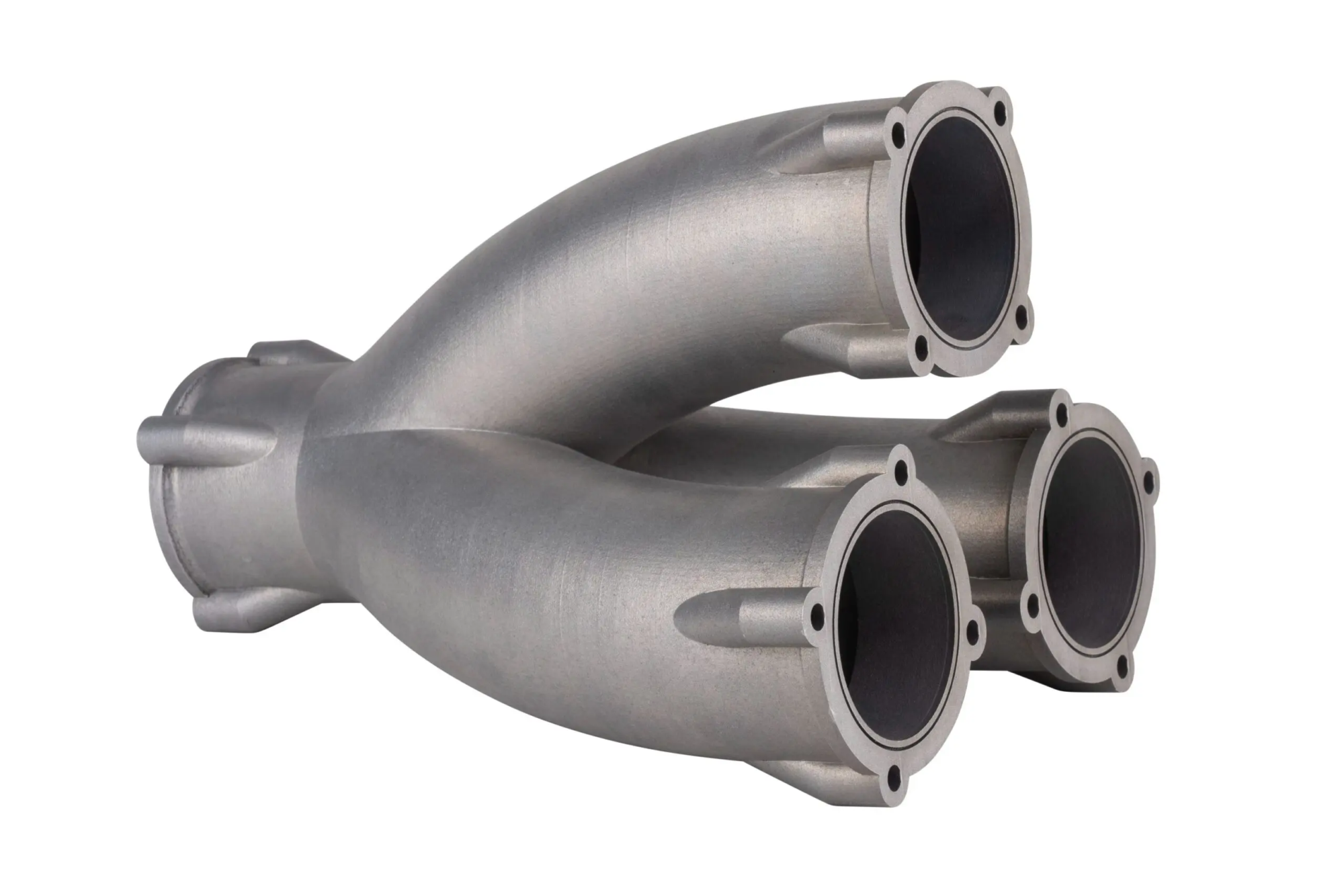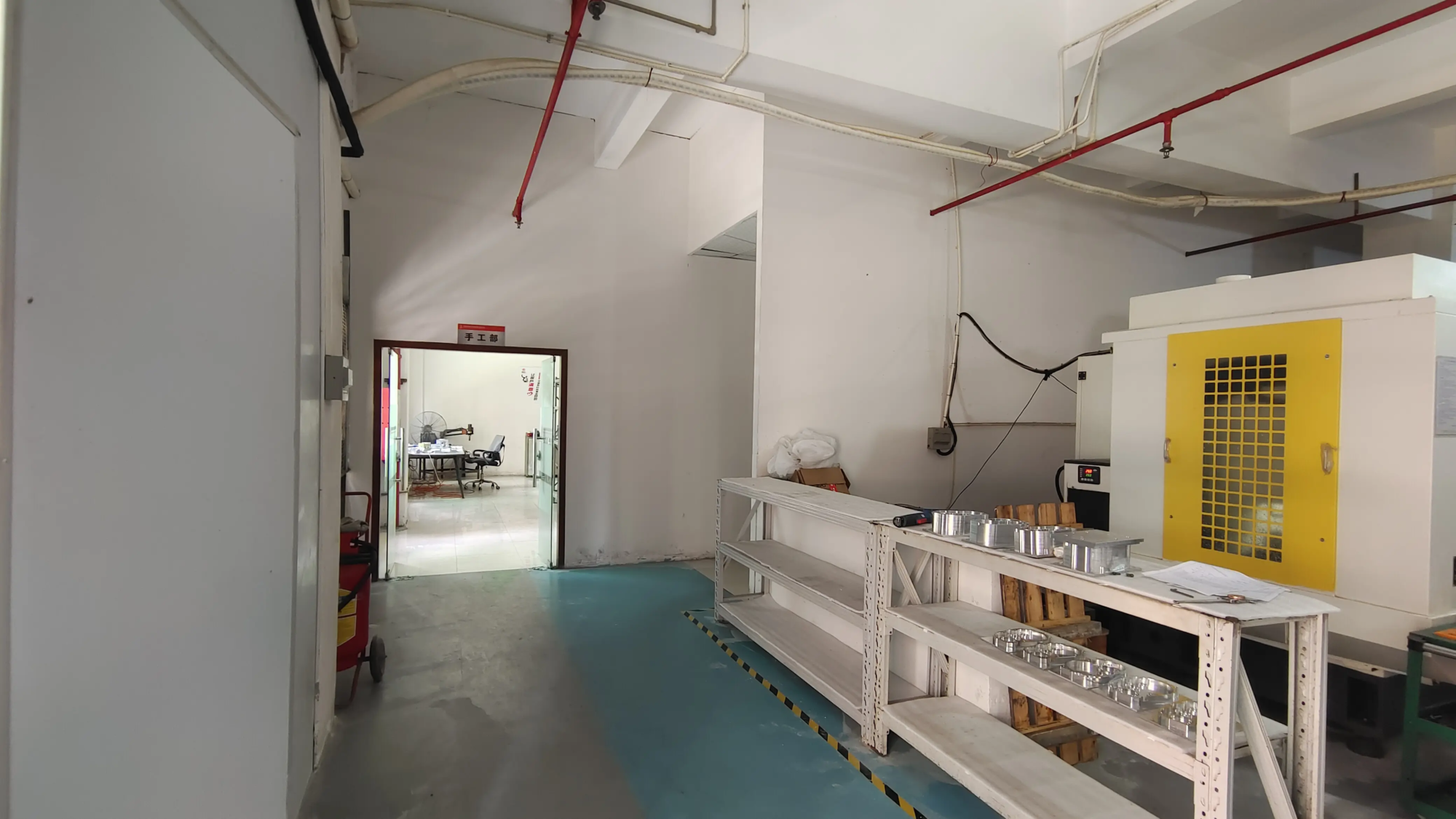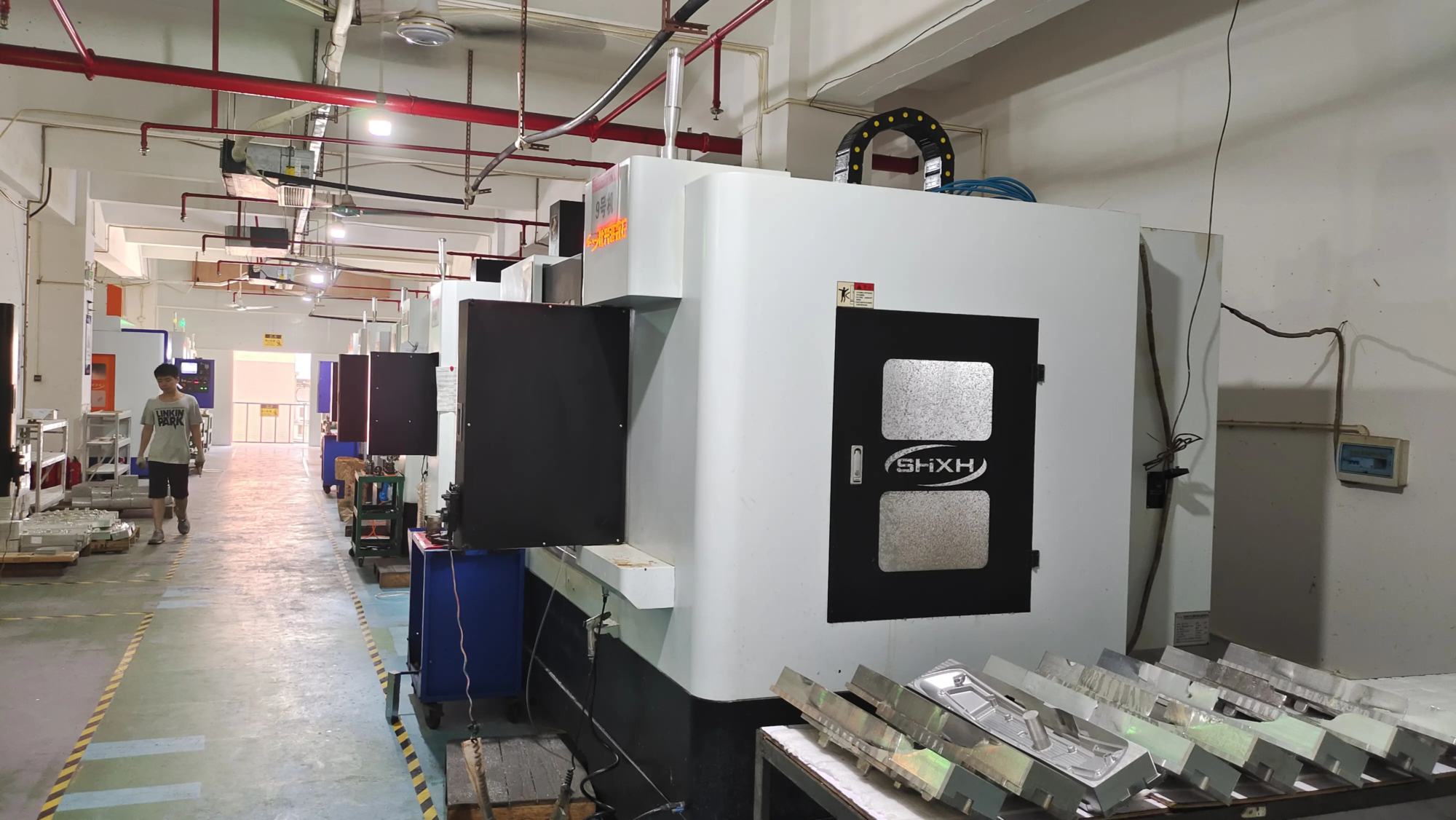To this end, the Austrian University of Graz and the Indian University of Technology, Velour, have jointly developed revolutionary technology – using 3D printing to create highly bionic artificial skin, offering a better choice for cosmetic safety tests.
Technical breakthrough: three -layer bionic structure
This innovative technology uses the 3D printing technology of live cells to successfully build artificial skin with a complete three -layer structure. The R&D team has first solved the main material problems. “The hydrogel materials used for 3D skin printing must comply with strict standards,” said project manager, Professor Karin Stana Kleinschek de Graz Polytechnic University. “It is necessary to ensure compatibility with living cells and to support long -term survival and the proliferation of cells.
“Although high water hydrogels are conducive to cell culture, they also affect the mechanical resistance and chemical stability of the material. To this end, the research team was inspired by nature and has innovatively adopted a variety of retication technologies to successfully solve this problem without using toxic reagents.
Experimental verification and application perspectives
Stabilized and successfully completed on hydrogelAfter printing, the research team carried out a rigorous three -week test in India. The results show that this artificial skin can not only maintain stable mechanical properties, but also support the normal development of skin tissues. The sample to be checked through this step can enter the permeability test phase of nanomaterials.
Professor Kleinschek said: “The accumulation of research of our team in the field of bionic materials completes the expertise of the Indian team in cellular biology. He opens up new ways to reduce the experiences of cosmetic animals.”
The two parties further optimize the hydrogel formula and accelerate the certification of this technology as an alternative to animal experiences.





